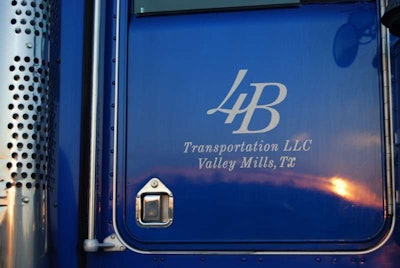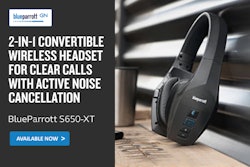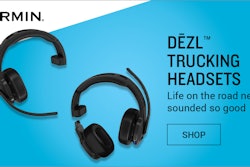Parts 1 and 2 of this series explored the advantages and disadvantages of running under your own carrier authority and offered a step-by-step guide to filing successfully for it.

FMCSA stats for the last few years show more than 80 percent of new entrant audits were conducted on time – within the carrier’s first 18 months. It’s critical you put into place evidence of your attention to compliance and safety management. Critical areas of focus for new entrant audits include driver qualifications, logs, maintenance programs, a filed and up-to-date accident register and written drug and alcohol policies and procedures.
Any of the following violations will result in an automatic failure of the audit:
**Failing to implement an alcohol and/or controlled-substances testing program.
**Driving or using a driver with an alcohol content of 0.04 or greater.
**Using a driver who has refused to submit to an alcohol or controlled-substances test.
**Using a driver known to have tested positive for a controlled substance.
**Failing to implement a random testing program (see No. 1).
**Driving or using a driver without a CDL.
**Driving or using a driver with a suspended, revoked or canceled license or a federal disqualification.
**Allowing a disqualified driver to drive.
**Not carrying appropriate insurance, including minimum cargo ($5,000 per vehicle and $10,000 per occurrence) and $750,000 primary liability.
**Knowingly using a physically unqualified driver.
**Failing to require a driver to keep record of duty status current.
**Running a vehicle declared out of service before repairs are made.
**Failing to correct out of service defects listed on vehicle inspection reports before further operation.
**Running a truck not inspected periodically.
Owner-operator Cody Blankenship started out in trucking prior to FMCSA’s New Entrant Audit program, which was mandated in a 2002 interim final rule. Blankenship picked up a lot of what he knows today about compliance as he went along, a tactic that’s not advisable in today’s climate.
Owner-operator Joe Bielucki used a startup compliance kit published by J.J. Keller. The Owner-Operator Independent Drivers Association has similar resources available, including its CMCI drug and alcohol testing consortium. Membership in the consortium comes with boilerplate random-testing policy language you’ll need on file in your office. Also, says Bielucki, you’ll need to keep a driver qualification file up to date on yourself, which includes pulling your own state Motor Vehicle Record yearly and filing it. Likewise, says compliance consultant Richard Wilson, “get a pre-employment drug test on yourself, and file it. Anytime you get a new medical card, you have to put it in your driver qualification file. … If you have a compliance review and you haven’t done [these things], you’ll be cited for a violation and fined.”









